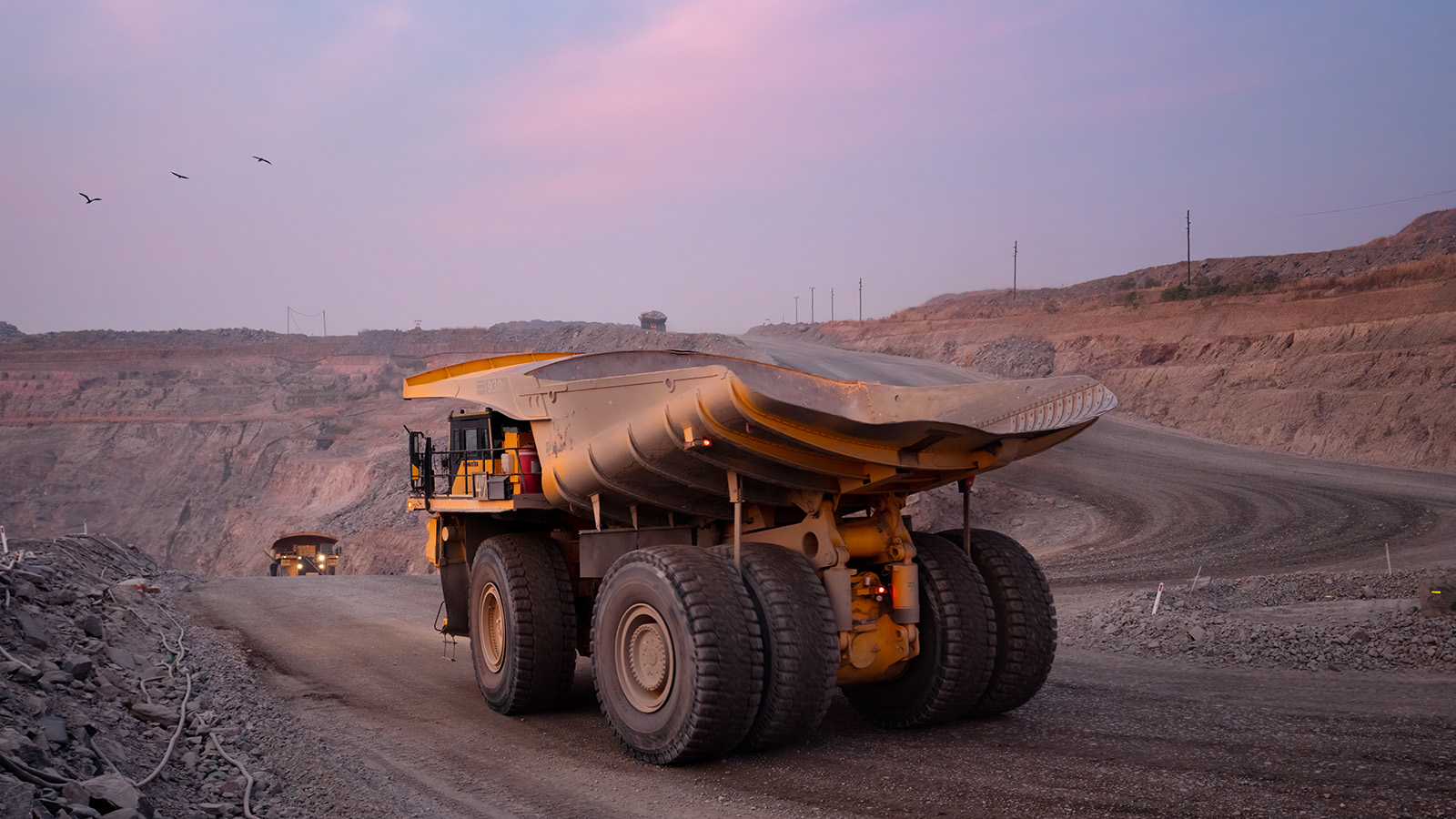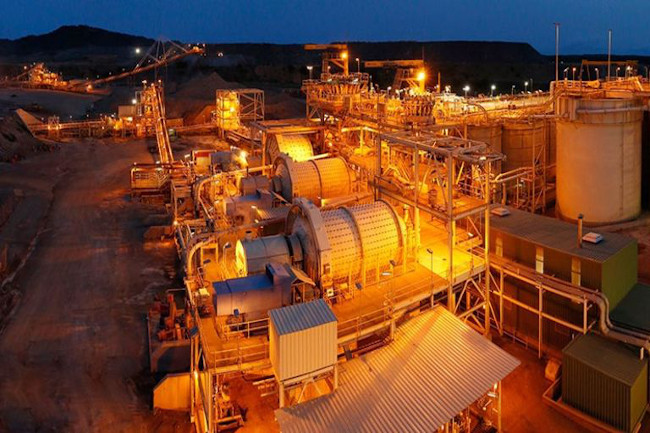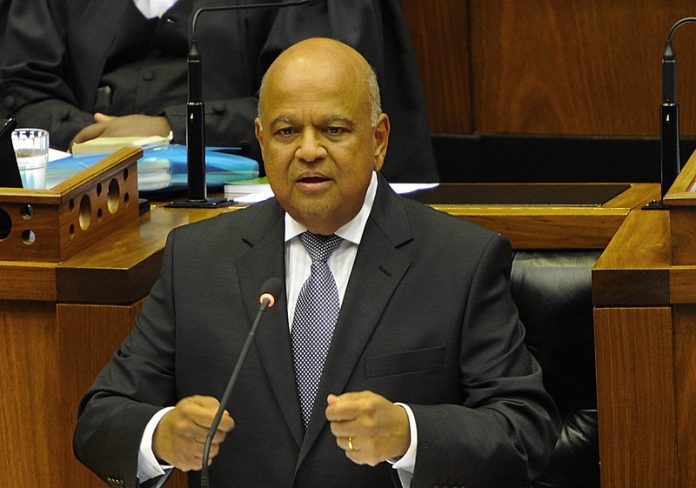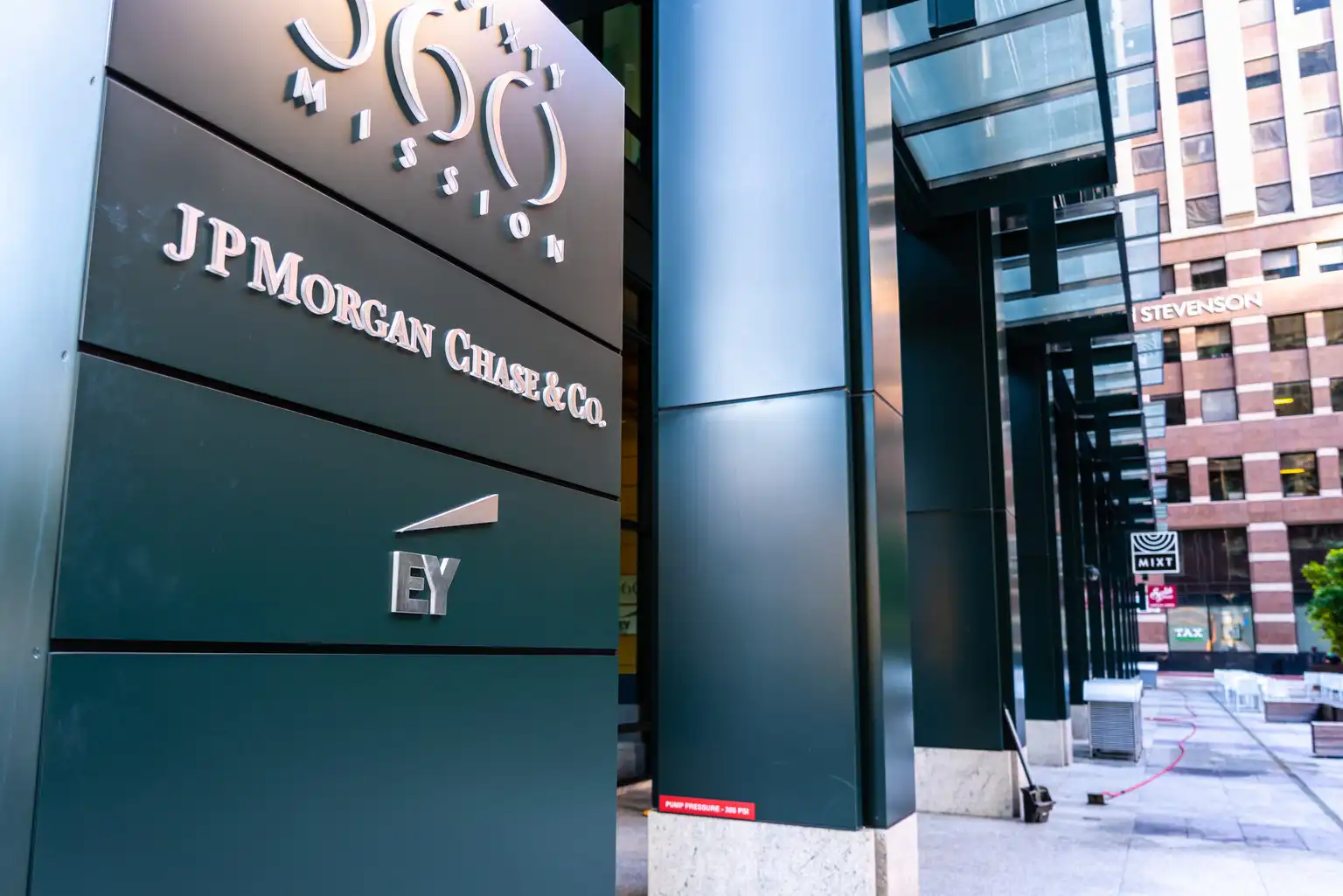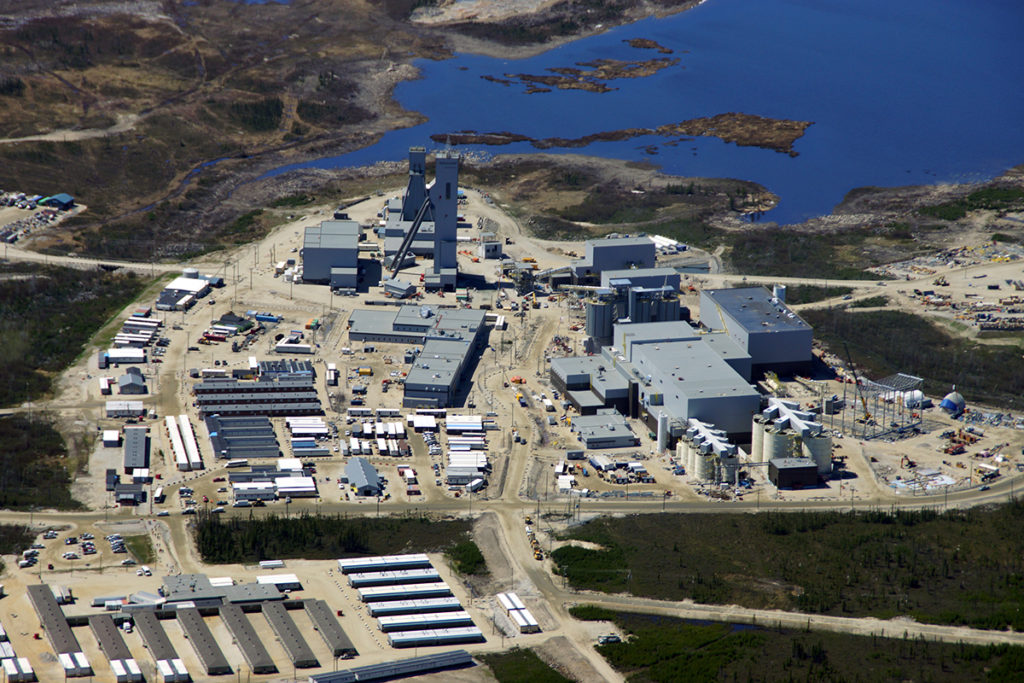Mining Other

Mining input costs moderating but significant pressures remain – Minerals Council

In a market report, the council cautioned that financing and electricity costs were still elevated, while both global and local economic conditions remained uncertain.
Although the Minerals Council acknowledged that future fuel price declines, potential interest rate cuts and a stronger rand could offer some relief, it cautioned that input cost trends were likely to stay uneven across commodities in the short term.
However, it said it believed that overall cost levels were beginning to stabilise well below the long-term average seen before the Covid-19 pandemic.
The year-on-year increase in mining input costs moderated to 3.4% in March, down from 3.8% in February, marking a continuation of the downward trend that began late last year, the council noted.
It said the first quarter of this year showed average input cost inflation of 3.6% year-on-year. While this was higher than the more moderate 2.7% recorded in the fourth quarter of 2024, the outcome was unsurprising given increased volatility in both the local and global economy since January, the organisation said.
A range of ongoing challenges, including international trade disruptions, pressure on the rand and shifting Brent crude oil prices, had continued to affect costs.
The Minerals Council explained that political and economic uncertainty within South Africa had further weighed on business confidence, affected capital markets and prompted the South African Reserve Bank (SARB) to maintain a cautious stance on interest rates, thereby delaying expected rate cuts.
According to the Minerals Council, inflation in the first quarter of this year was now half the 7% recorded in the same period in 2024, which indicated a clear year-on-year improvement. However, the benefits were not being felt evenly across all cost categories or commodities.
The organisation pointed out that said financing costs remained a significant burden. The prime lending rate stood at 11% in March – unchanged since February and the highest level in more than 15 years.
The SARB had kept this rate unchanged since it was raised to 11% in June 2009, adding to the cost of accessing capital.
Electricity remained another major contributor to cost pressure. The Minerals Council pointed out that March was the final month before the 12.74% electricity tariff increase for direct Eskom customers, approved by the National Energy Regulator of South Africa (Nersa), came into effect on April 1.
The Minerals Council pointed out that this increase would be reflected in future cost data and was likely to push electricity-related expenses even higher. However, recent and upcoming fuel price decreases, starting in April and continuing into May, might help to soften the overall impact.
The Minerals Council said prices for chemicals and other industrial inputs had remained high compared with the previous year, reflecting sustained cost pressure in critical upstream supply chains.
However, there had also been some areas of relief.
Prices for coke and refined petroleum products fell by nearly 10% year-on-year, reducing fuel-related input costs. In addition, the cost of transportation equipment, which included vehicles, catalytic converters, motor parts and railway rolling stock, dropped by about 5.2%.
The Minerals Council also noted that the rand had strengthened, with the nominal effective exchange rate having improved by 4.8% against key trading partners. This had helped to reduce the cost of imported goods and services.
Among commodity sectors, the gold industry experienced the highest average increase in input cost inflation in March, the Minerals Council said.
Despite this, strong market prices had helped offset some of the pressure, with gold averaging $2 986/oz or about R1.75-million a kilogram during the month. The organisation said this reflected the high costs associated with mining deeper and lower-grade gold orebodies.
The chrome sector reported the second-highest increase in costs, followed by iron-ore, manganese and other metallic minerals. By contrast, coal once again recorded the lowest input cost inflation among the major commodities, offering some stability in production expenses.





